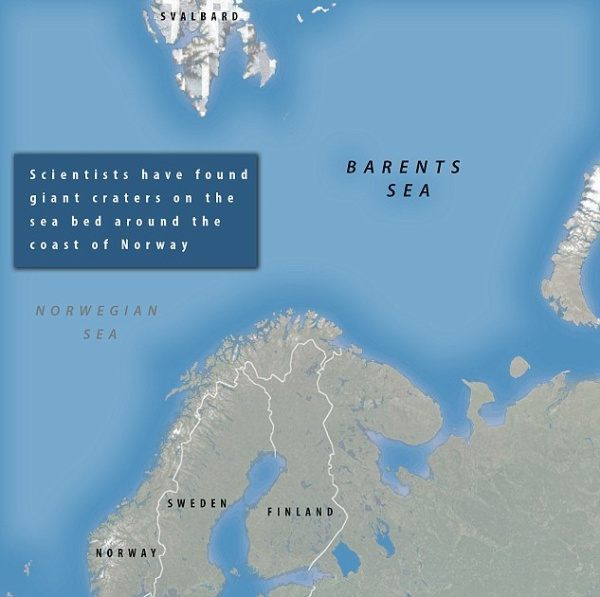
Because Matter cannot be destroyed nor created, it means that every human that ever lived up to the moment in time that this picture was taken, still exists, in some form that is. It also means that every person that was born afterwards is also in this photo, again in some form. Even if you were not born yet, the matter from which you are made off is in this picture.
The Guardian interviewed Collins in 2009, and he revealed to be anxious about Neil Armstrong and Buzz Aldrin’s safety. Fearing that in the case of a calamity he would have to return to Earth alone. Being the sole survivor of a failed mission, he would be “a marked man for life”.










 RSS Feed
RSS Feed